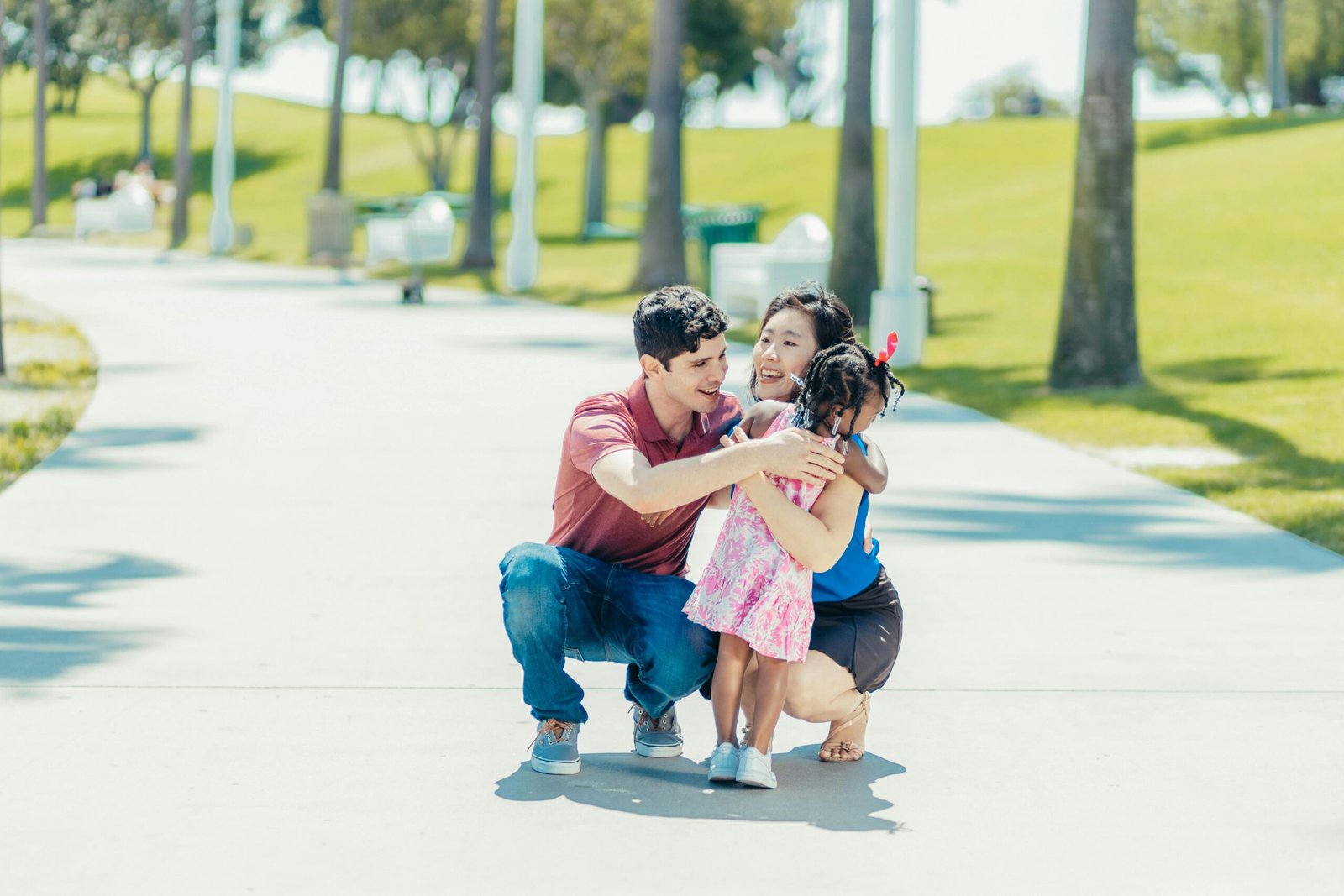Two languages, one tiny brain
You don’t have to wait until preschool to teach your child a new language. Babies are natural sponges by the time they’re one, they’ve already tuned their ears to the sounds around them. In a multicultural place like South Florida, where Spanish, English, Haitian Creole, and Portuguese flow through daily life, raising a bilingual baby isn’t just possible it’s a gift.
Why start early?
- Brain boost → Research shows bilingual children often develop stronger problem-solving skills and mental flexibility.
- Cultural connection → Language ties kids to heritage and helps them navigate a diverse world.
- Confidence & empathy → Speaking more than one language builds social awareness and adaptability.
Simple ways to introduce a second language
- One parent, one language → Each parent consistently speaks one language (e.g., mom = Spanish, dad = English).
- Designated times → Make mealtimes or bedtime routines “second language only.”
- Songs & stories → Nursery rhymes, lullabies, and bilingual storybooks are fun and effective.
- Community exposure → Enroll in bilingual playgroups or cultural classes in Miami, Broward, or Palm Beach.
Myths to let go of
- ❌ “It will confuse them.” → Kids can separate languages naturally.
- ❌ “They’ll talk later.” → Bilingual babies may mix words, but their language milestones are normal.
- ❌ “Only fluent parents can teach.” → Even learning alongside your child makes a big impact.




3 Comments
Sara
Such a reassuring read! I always worried my daughter would get overwhelmed with two languages, but this makes me feel more confident to keep going
Mila
Yes mama keep going!!
Mila
We are doing Spanish only with me and nanny and my husband and everyone else English. He might take longer speaking but I can tell me understands us in both languages